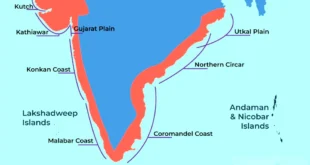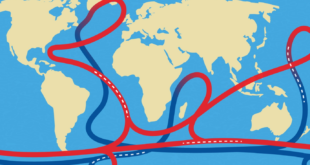- Recently, the Indian Council for Historical Research (ICHR) has deferred its decision on a recommendation to remove the 1921 Malabar Rebellion (Moplah riots) martyrs from the list of India’s freedom fighters.
- The recommendation also included the names VariamkunnaathuKunhahamad Haji and Ali Musliyar.
Indian Council of Historical Research About:
- It is an autonomous organization, established under Societies Registration Act,1860 in 1972.
- It is under the Ministry of Education.
Objectives:
- To bring historians together for exchange of views.
- To give a national direction to an objective and scientific writing of history.
- To promote, accelerate and coordinate research in history and ensure its dissemination.
- The council also provides grants, assistance and fellowships for historical research.
Background
- In the sixteenth century when Portuguese traders arrived on the Malabar coast, they noted the Mappilas to be a mercantile community concentrated in urban centres and fairly segregated from the local Hindu population.
- However, with the rise in Portuguese commercial power, the Mappilas found themselves a competitor and increasingly started moving inland in search of new economic opportunities.
- The shifting of the Mappilas led to a clash of religious identities both with the local Hindu population and the Portuguese.
- The name Mappilla (lit. son-in-law; anglicized form Moplah) is given to Malayali-speaking Muslims who reside along the entire length of the Malabar Coast of northern Kerala.
- By 1921, the Moplahs formed the largest and fastest growing community in Malabar. With a population of one million, 32% of that of Malabar as a whole, the Moplahs were concentrated in South Malabar.
Mapillah Revolt
- Fuelled by the fiery speeches by Muslim religious leaders and anti-british sentiments, the Mopillahs launched a violent rebellion. Numerous acts of violence were reported and a series of persecutions were committed both against the British and the Hindu landlords.
- While there are some who call it a case of religious fanaticism, there are others who look at it as an instance of struggle against British authority, and then there are others who perceive the Malabar rebellion to be a peasant revolt against unfair practices of the landlords.
- While historians continue to debate on the matter, the broad consensus on the episode notes it to have started off as a struggle against political power, which later took on a communal colour.
- Most of the landlords were Namboodiri Brahmins while most of the tenants were Mapillah Muslims.
- The riots led to the mass killings of over 10,000 Hindus, raping of women, forced religious conversions, destruction or damage of nearly 300 temples, loot and arson of properties worth crores of rupees and burning of houses belonging to the Hindus.
- In the initial stages, the movement had the support of Mahatma Gandhi and other Indian nationalist leaders, but as it turned violent they distanced themselves from it.
- By the end of 1921, the rebellion was crushed by the British who had raised a special battalion, the Malabar Special Force for the riot.
SOURCE: THE HINDU,THE ECONOMIC TIMES,MINT
 Chinmaya IAS Academy – Current Affairs Chinmaya IAS Academy – Current Affairs
Chinmaya IAS Academy – Current Affairs Chinmaya IAS Academy – Current Affairs



